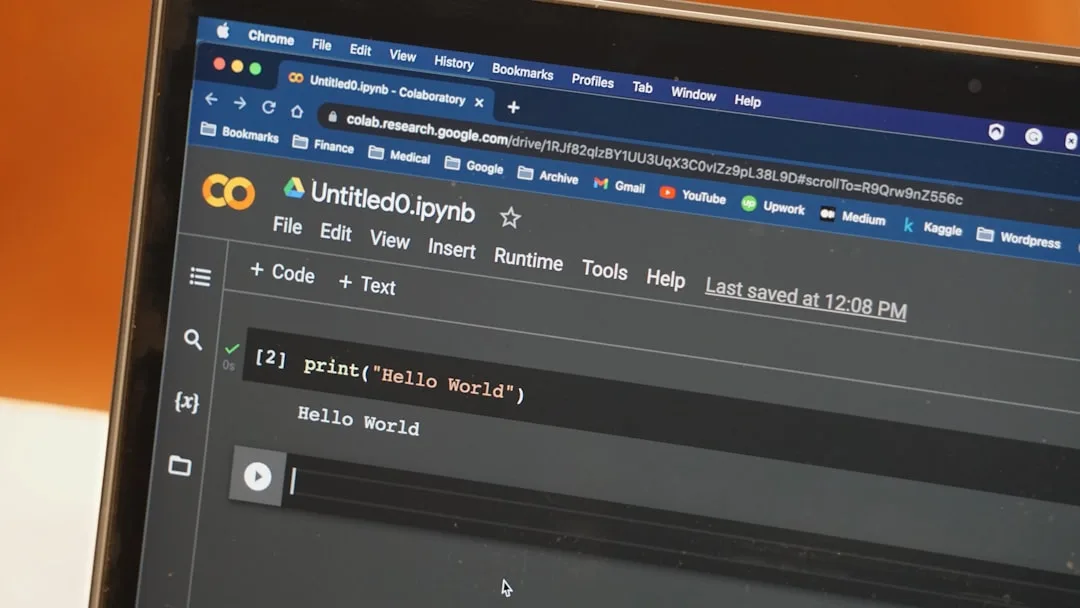
Newsletter Subscribe
Enter your email address below and subscribe to our newsletter

Enter your email address below and subscribe to our newsletter

Boost Efficiency: Top DevOps Tools Transforming Workflows
In the fast-evolving world of software development and IT operations, efficiency is more than a luxury—it’s a necessity. DevOps engineers, platform teams, and Site Reliability Engineers (SREs) are under constant pressure to deliver faster and more reliably. As the demands grow, so does the need for tools that can automate, streamline, and enhance workflows. This article dives deep into the top DevOps tools that are transforming workflows, improving infrastructure-as-code (IaC) practices, and elevating automation and deployment strategies.
As DevOps continues to mature, teams face several operational pain points:
– Complexity in Multi-Cloud Environments: Managing infrastructure across different cloud platforms can be daunting without the right tools.
– Manual Configuration Errors: Human errors during manual configurations can lead to costly downtimes.
– Slow Deployment Pipelines: Inefficient CI/CD processes slow down the delivery of new features and fixes.
To address these issues, let’s explore some top-tier tools that can dramatically boost your DevOps efficiency.
GitHub Actions has become a cornerstone for CI/CD automation. It allows DevOps teams to automate, customize, and execute software development workflows directly in their GitHub repositories. Here’s how you can leverage GitHub Actions:
Example Configuration:
name: CI/CD Pipeline
on:
push:
branches:
- main
jobs:
build:
runs-on: ubuntu-latest
steps:
- name: Checkout code
uses: actions/checkout@v2
- name: Set up Node.js
uses: actions/setup-node@v2
with:
node-version: '14'
- name: Install dependencies
run: npm install
- name: Run tests
run: npm test
Best Practices:
– Use reusable workflows for common tasks across repositories.
– Implement secrets management to protect sensitive information.
– Leverage caching to speed up build times.
Terraform is a powerful tool for managing infrastructure as code. It allows you to define and provision data center infrastructure using a high-level configuration language. Terraform’s declarative approach helps automate the creation, modification, and deletion of infrastructure resources.
Example Configuration:
provider "aws" {
region = "us-west-2"
}
resource "aws_instance" "example" {
ami = "ami-0c55b159cbfafe1f0"
instance_type = "t2.micro"
tags = {
Name = "ExampleInstance"
}
}
Best Practices:
– Use modules to organize and reuse code.
– Implement version control for your configuration files.
– Regularly update and maintain your state files.
ArgoCD is a declarative, GitOps continuous delivery tool for Kubernetes. It automates the deployment of applications to Kubernetes environments by syncing the desired state defined in Git with the actual state in the cluster.
Example Configuration:
apiVersion: argoproj.io/v1alpha1
kind: Application
metadata:
name: guestbook
spec:
project: default
source:
repoURL: 'https://github.com/argoproj/argocd-example-apps.git'
path: guestbook
targetRevision: HEAD
destination:
server: 'https://kubernetes.default.svc'
namespace: default
syncPolicy:
automated:
prune: true
selfHeal: true
Best Practices:
– Define applications as code to enable GitOps workflows.
– Use automated sync policies to ensure clusters are always in the desired state.
– Monitor and audit changes through Git history.
To optimize your DevOps workflows, consider the following roadmap:
1. Evaluate Your Current Toolset: Identify gaps and inefficiencies in your current processes.
2. Adopt Automation: Use GitHub Actions and other CI/CD tools to automate repetitive tasks.
3. Implement Infrastructure as Code: Standardize your infrastructure with Terraform or similar tools.
4. Embrace GitOps: Use ArgoCD to manage Kubernetes applications declaratively.
5. Continuous Monitoring and Feedback: Incorporate monitoring tools to gather insights and improve continuously.
As the DevOps landscape evolves, the next wave is likely to focus on AI-driven DevOps. Tools that leverage machine learning to predict and prevent potential issues before they disrupt operations are gaining traction. While the buzzword “NoOps” suggests a future without operations, it’s more realistic to expect a shift toward hyper-automation, where DevOps teams are empowered with intelligent tools that enhance rather than replace their roles.
Ready to elevate your DevOps practices? Check out our infrastructure as code tutorial to get started with Terraform, or download our CI/CD cheat sheet for quick tips on optimizing your pipelines.
In conclusion, the right tools and strategies can transform your DevOps workflows from a bottleneck into a competitive advantage. By embracing automation, infrastructure as code, and continuous delivery, you’ll be well-equipped to meet the demands of modern software development.
For more resources and insights, explore our DevOps resources at RuntimeRebel.com.